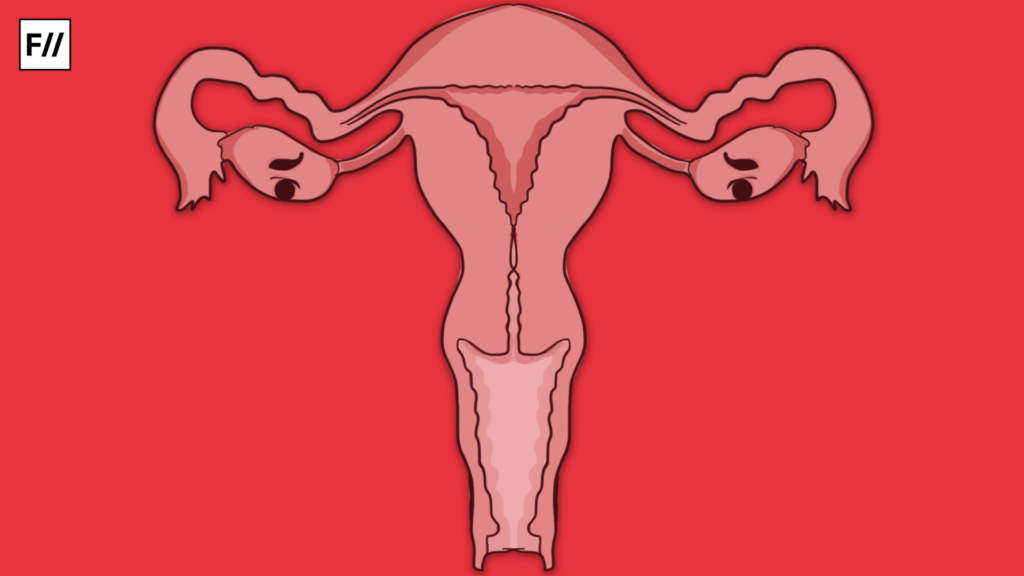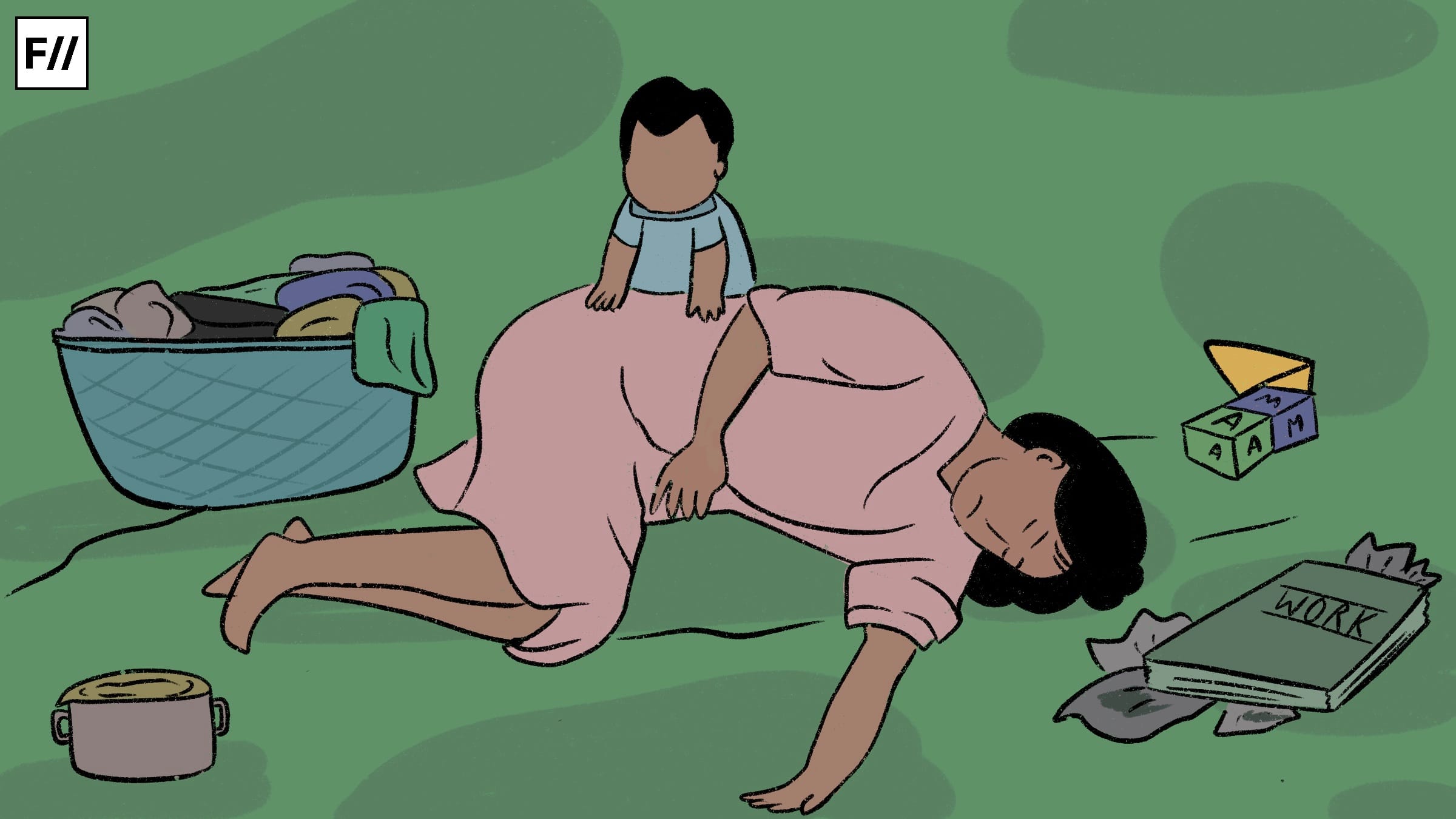Menorrhagia is the medical term used to refer to prolonged, heavy menstrual bleeding. Though heavy bleeding is quite common in most menstruators, only a few experience bleeding that is severe enough to be termed menorrhagia. This can be due to several reasons and such excessive bleeding causes fatigue, cramping, blood loss and impediments to daily activities.
Causes of menorrhagia
There are numerous causes that lead to the development of menorrhagia. Heavy menstrual bleeding could be a result of a cluster of reasons and it is difficult to pin point one particular cause. Some common causal factors that contribute to menorrhagia include the following:
1. Uterine Polyps
Uterine polyps include endometrial/endocervical polyps or growth that occur in the inner lining of the uterus, the endometrium, which then may bleed. Polyps are often non cancerous. However, they act as a hindrance to the regular menstruation cycle and fertility.
2. Adenomyosis
This is a condition where the endometrial tissue grows into the muscle of the uterus called myometirum, which leads to prolonged, heavier and painful periods.
3. Fibroids
Fibroids are benign tumours in the uterus. They appear during childbearing years and cause heavy menstrual bleeding.

The most common symptoms of menorrhagia are: soaking through one or more sanitary pads/tampons every hour for several days, needing to use double sanitary protection to control menstrual flow, waking up to change sanitary protection during the night, bleeding for longer than a week, passing large blood clots, anemia or fatigue
4. Cancer/Malignancy
Under this condition, cells divide abnormally and invade nearby tissues. They may also spread to other parts of the body. Intermenstrual bleeding can be caused due to cervical cancer, endometrial cancer or atypical hyperplasia.
5. Coagulopathy
This is a condition where the blood’s ability to coagulate is impaired due to clots; which means that bleeding is more severe in patients with clotting disturbances.
6. Ovulatory Dysfunction
If the ovaries do not release an egg during a menstrual cycle, there is imbalance of progesterone. This leads to hormone imbalance and may result in menorrhagia. Polycystic ovary syndrome (PCOS) or other ovarian or hormonal problems could be the underlying cause for this.
Other causes of menorrhagia include inherited bleeding disorders, pregnancy complications, mishaps with intrauterine contraceptive devices, complications of the endometrium, hormonal or anti-inflammatory medications, and the like.
Also read: Endometriosis: An Under-diagnosed, Painful Condition With Lasting Impacts

Symptoms and diagnosis
For the diagnosis of menorrhagia, the doctor will need to trace the menstrual history of the person, as it will help to narrow down the wide range of causes. Menstrual history includes details about frequency, duration, volume and regularity of menstruation. Since it’s a little tough to measure the volume of blood during periods, it is determined on the rate at which one has to change their pads or tampons or any other sanitary product used.
The most common symptoms of menorrhagia are: soaking through one or more sanitary pads/tampons every hour for several days, needing to use double sanitary protection to control menstrual flow, waking up to change sanitary protection during the night, bleeding for longer than a week, passing large blood clots, anemia or fatigue.
While leaving home, they are forced to be constantly bothered about the proximity of laterines, carry extra sanitary products, as well as undergarments to change into, in case of spillage. People with heavy menstrual bleeding may not consider delving into fitness activities, which otherwise, they might do regularly. Menstruators with heavy bleeding may also avoid attending any social event during this time
Symptoms such as an increase in urinary frequency, lower back pain and constipation may indicate the presence of fibroids. The presence of hirsutism, which is a condition in women which results in excessive hair growth on the face, chest and back due to an increase in testosterone, may point towards Polycistic Overy Syndrome (PCOS). If a person experiences heavy bleeding since menarche, then coagulopathy is highly probable.
Lab investigations to diagnose menorrhagia include various tests and the most common ones are; blood test, pap test, endometrial biopsy and ultrasound.

Impact on social and mental well being of an individual
Heavy menstrual bleeding or menorrhagia has a significant impact on the quality of life of a menstruator. It is a condition that affects every one in five women in the reproductive age, and has an effect on their day to day activities. Due to prolonged, heavy and extremely painful menses they are unable to leave their home or engage with regular routine.
While leaving home, they are forced to be constantly bothered about the proximity of laterines, carry extra sanitary products, as well as undergarments to change into, in case of spillage. People with heavy menstrual bleeding may not consider delving into fitness activities, which otherwise, they might do regularly. Menstruators with heavy bleeding may also avoid attending any social event during this time.
Also read: Menstrual Migraine: Unpacking The Basics Of Period Related Hormone Headaches
Menorrhagia is a difficult, debilitating health problem to deal with. Diagnosis and seeking medical help can contribute to identifying the underlying cause and managing the situation. But the onus is not just on the individual. We must ensure that menstrual taboos do not restrict people from seeking treatment, and that our infrastructure facilities like bathrooms are mesntruation friendly, and that sanitary products, water and clean menstrual disposal facilities are made available to menstruators.
Featured Image: Shreya Tingal for Feminism in India
About the author(s)
Ishita is a student of Political Science (Honors) at Kamla Nehru college, Delhi University. In the world of patriarchy, she is not someone who is afraid to voice out her beliefs and speak up for them. Though mostly cheerful and friendly she is very particular about her deadlines and perfection in her chores





